Today, I talk not just about Exponential Technologies but also about Exponential Combinations, by combining Quantum Computing with Neural Networks we’d revolutionise both.


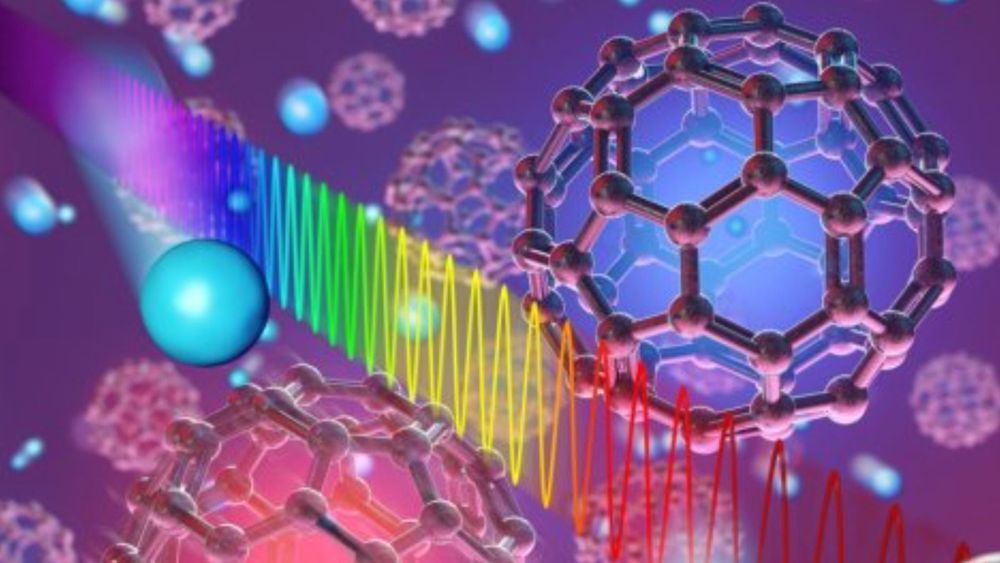
Scientists have characterized the quantum behavior of buckminsterfullerene molecules, also known as buckyballs, with the hope of perhaps one day turning them into miniature quantum computers.
Buckyballs are the Nobel Prize-winning molecules that consist of sixty carbon atoms arranged in a closed, soccer ball-shape. Their peculiar structure bestows them with strange observable quantum properties, and has given them uses in solar panels and even medicine. But a team of scientists from JILA, a research institute run by the National Institute of Standards and Technology and the University of Colorado, has made measurements in preparation for exploiting buckyballs’ quantum properties in even stranger ways.
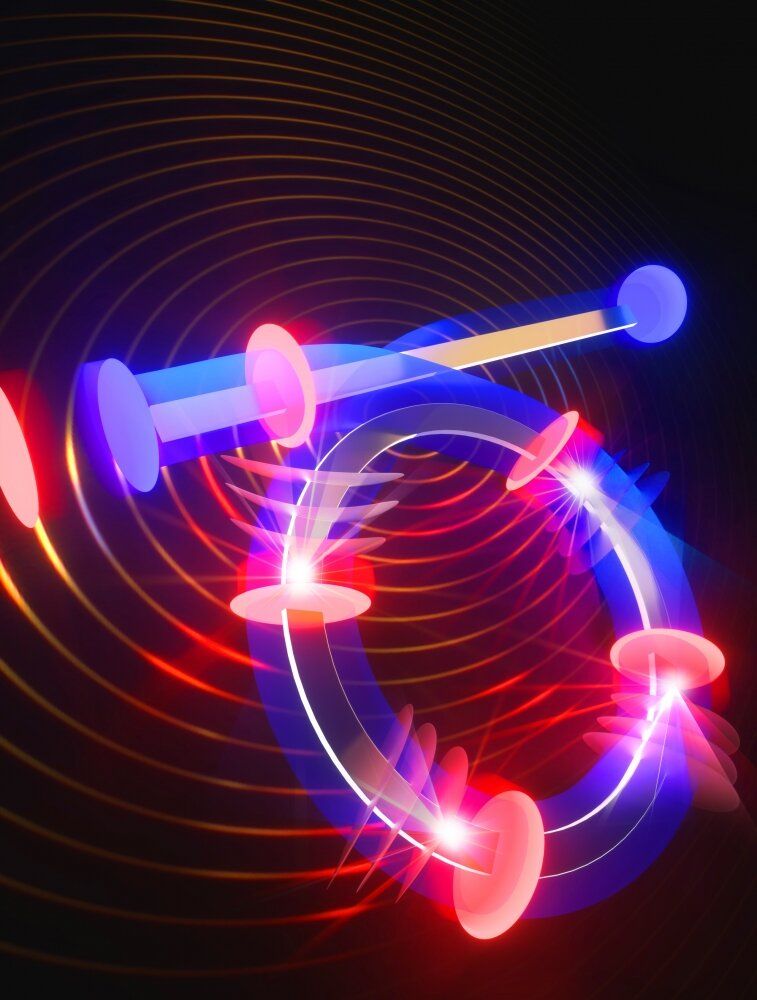
Spectrally pure lasers lie at the heart of precision high-end scientific and commercial applications, thanks to their ability to produce near-perfect single-color light. A laser’s capacity to do so is measured in terms of its linewidth, or coherence, which is the ability to emit a constant frequency over a certain period of time before that frequency changes.
In practice, researchers go to great lengths to build highly coherent, near-single-frequency lasers for high-end systems such as atomic clocks. Today, however, because these lasers are large and occupy racks full of equipment, they are relegated to applications based on bench tops in the laboratory.
There is a push to move the performance of high-end lasers onto photonic micro-chips, dramatically reducing cost and size while making the technology available to a wide range of applications including spectroscopy, navigation, quantum computation and optical communications. Achieving such performance at the chip scale would also go a long way to address the challenge posed by the internet’s exploding data-capacity requirements and the resulting increase in worldwide energy consumption of data centers and their fiber-optic interconnects.


The rules of quantum mechanics describe how atoms and molecules act very differently from the world around us. Scientists have made progress toward teasing out these rules—essential for finding ways to make new molecules and better technology—but some are so complex that they evade experimental verification.
With the advent of open-access quantum computers, scientists at the University of Chicago saw an opportunity to do a very unusual experiment to test some of these quantum principles. Their study, which appeared Jan. 31 in Nature Communications Physics, essentially hijacks a quantum computer to discover fundamental truths about the quantum behavior of electrons in molecules.
“Quantum computing is a really exciting realm to explore fundamental questions. It allows us to observe aspects of quantum theory that are absolutely untouchable with classical computers,” said Prof. David Mazziotti, professor of chemistry and author on the paper.

Dark energy is apparently even more mysterious than astronomers had thought.
Scientists first proposed the existence of this invisible force two decades ago, to explain the surprising discovery that the universe’s expansion is accelerating. (Surprising and incredibly important; the find netted three researchers the Nobel Prize in physics in 2011.)
The most-used astrophysical model of the universe’s structure and evolution regards dark energy as a constant. Indeed, many astronomers believe it to be the cosmological constant, which Einstein posited in 1917 as part of his theory of general relativity. [The History & Structure of the Universe in Pictures].
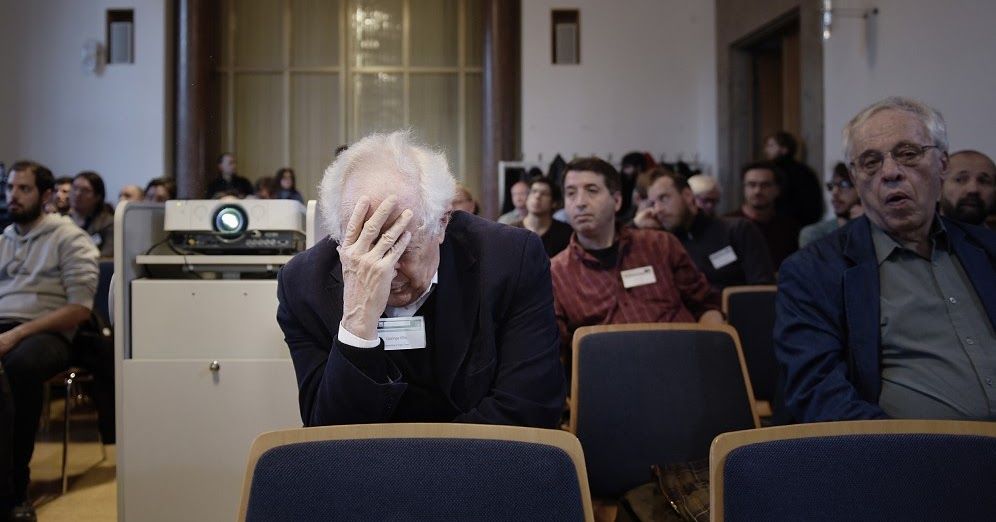

For the first time, researchers have documented the long-predicted occurrence of ‘walls bound by strings’ in superfluid helium-3. The existence of such an object, originally foreseen by cosmology theorists, may help explaining how the universe cooled down after the Big Bang. With the newfound ability to recreate these structures in the lab, earth-based scientists finally have a way to study some of the possible scenarios that might have taken place in the early universe more closely.
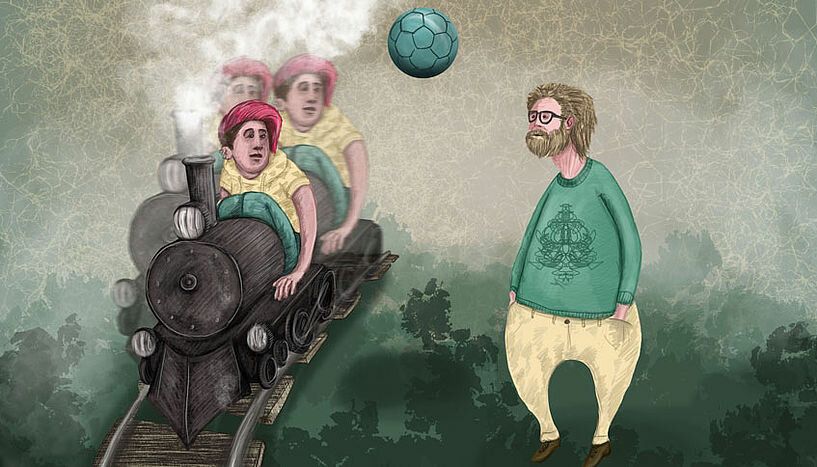
Researchers at the University of Vienna study the relevance of quantum reference frames for the symmetries of the world.
According to one of the most fundamental principles in physics, an observer on a moving train uses the same laws to describe a ball on the platform as an observer standing on the platform – physical laws are independent on the choice of a reference frame. Reference frames such as the train and the platform are physical systems and ultimately follow quantum-mechanical rules. They can be, for example, in a quantum state of superposition of different positions at once. So, what would the description of the ball look like for an observer on such a “quantum platform”? Researchers at the University of Vienna and the Austrian Academy of Sciences proved that whether an object (in our example, the ball) shows quantum features depends on the reference frame. The physical laws, however, are still independent of it. The results are published in Nature Communications.
Physical systems are always described relative to a reference frame. For example, a ball bouncing on a railway platform can be observed either from the platform itself or from a passing train. A fundamental principle of physics, the principle of General Covariance, states that the laws of physics which describe the motion of the ball do not depend on the reference frame of the observer. This principle has been crucial in the description of motion since Galileo and central to the development of Einstein’s theory of relativity. It entails information about symmetries of the laws of physics as seen from different reference frames.
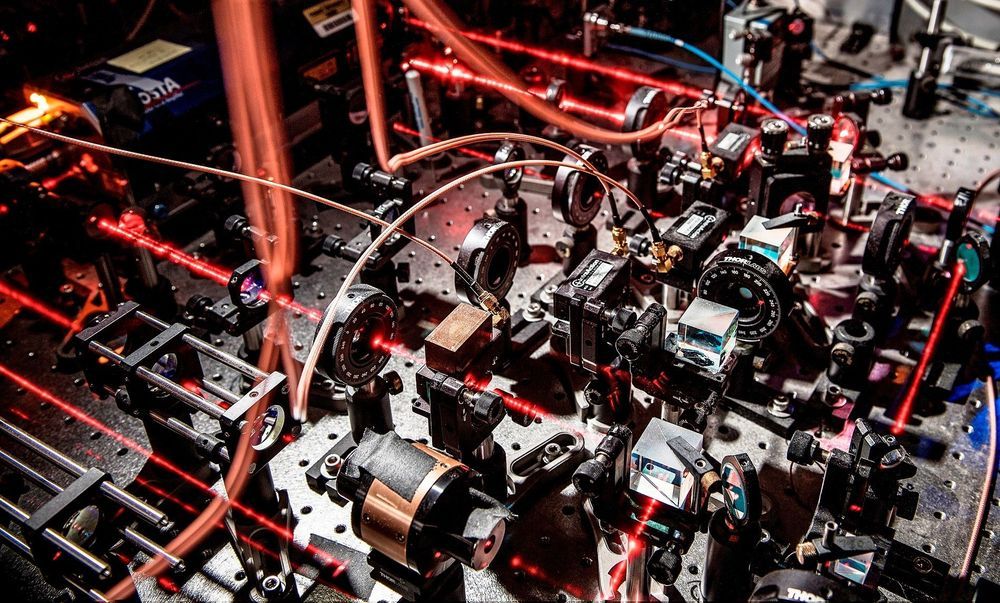
Researchers have created a new testing ground for quantum systems in which they can literally turn certain particle interactions on and off, potentially paving the way for advances in spintronics.
Spin transport electronics have the potential to revolutionize electronic devices as we know them, especially when it comes to computing. While standard electronics use an electron’s charge to encode information, spintronic devices rely on another intrinsic property of the electron: its spin.
Spintronics could be faster and more reliable than conventional electronics, as spin can be changed quickly and these devices use less power. However, the field is young and there are many questions researchers need to solve to improve their control of spin information. One of the most complex questions plaguing the field is how the signal carried by particles with spin, known as spin current, decays over time.